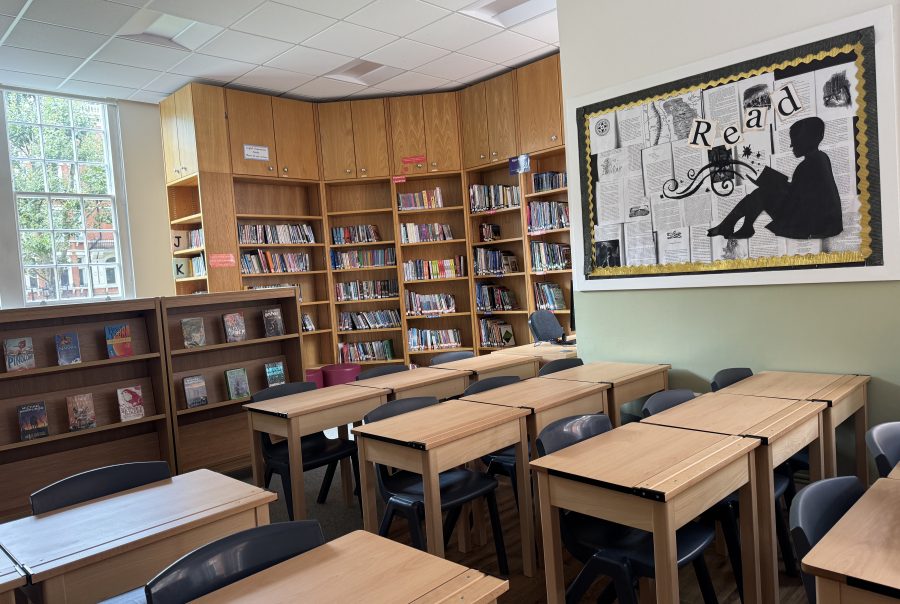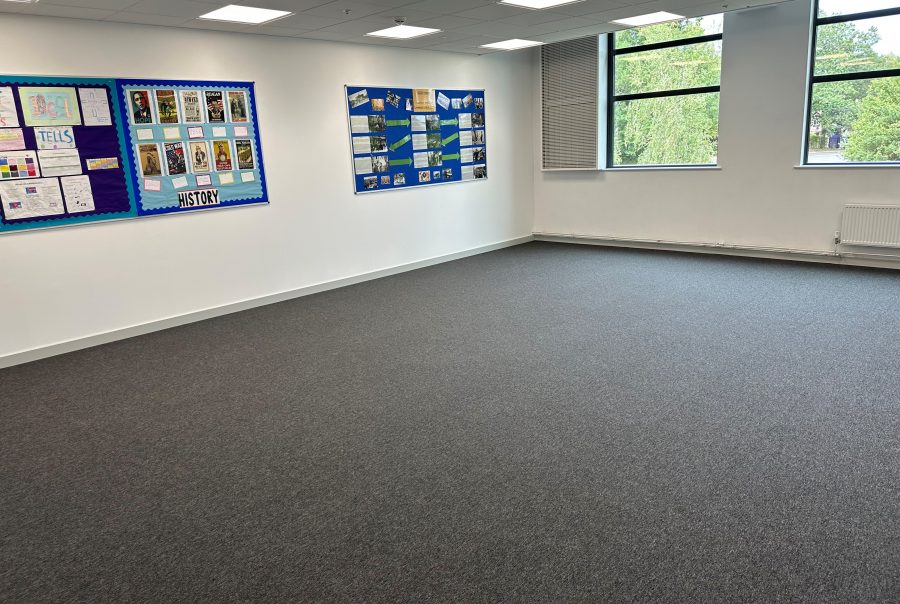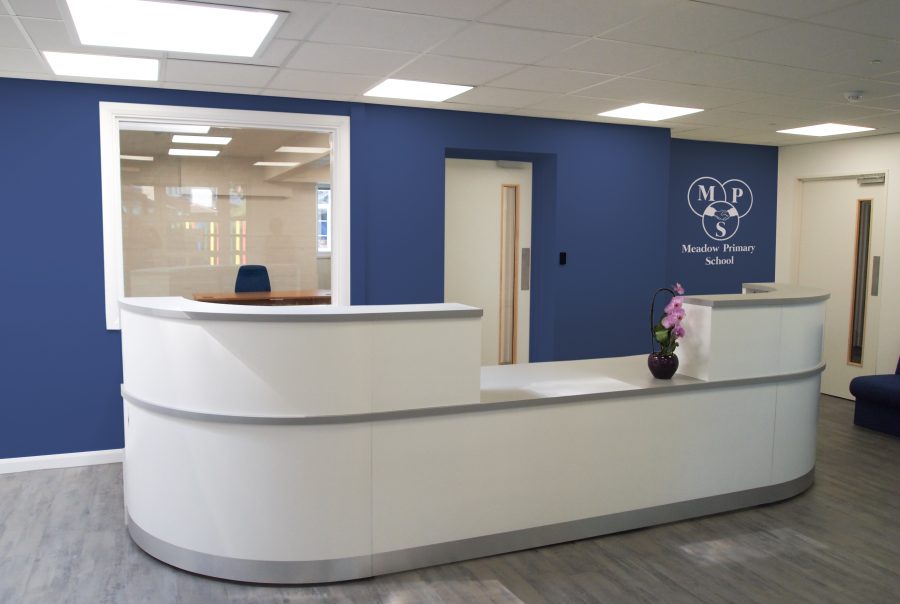How school design and facilities impacts OFSTED ratings
Improving facilities and classroom design can positively impact a school’s OFSTED rating by enhancing the learning environment and supporting student engagement. We’ve explored the current OFSTED framework (2019) and looked at ways in which the facilities and design of the school could help meet targets.
Safety and Accessibility
- “Inspectors must always consider whether schools are meeting their obligations under the Equality Act 2010. This includes ensuring that schools are accessible to disabled pupils and pupils with special educational needs.” (Section 135)
- “Inspectors must report on the extent to which schools are providing an inclusive environment that meets the needs of all pupils, including those with special educational needs and/or disabilities.” (Section 135)
Ensuring that facilities meet safety standards and are accessible to all students, including those with disabilities, is crucial. This can involve installing ramps, elevators, and accessible restrooms, as well as maintaining proper fire safety measures. Consider students with visual or auditory impairments and how lighting and acoustics might affect the ways in which these students learn. It is important to turn your attention to all areas of the school and how students experience the full school day. Is there space for a quiet area in the canteen for children who may be overwhelmed by busy and noisy spaces? Are there lowered sinks in Art and Technology classrooms for children in wheelchairs?
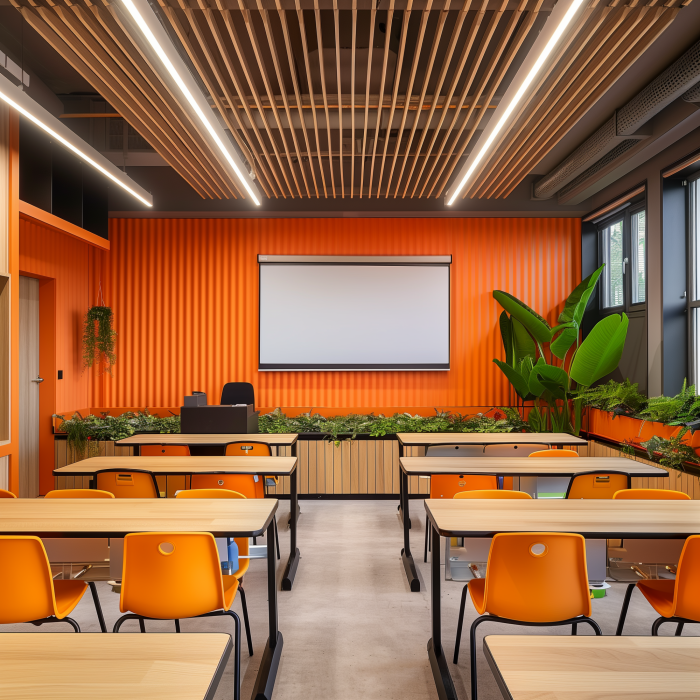
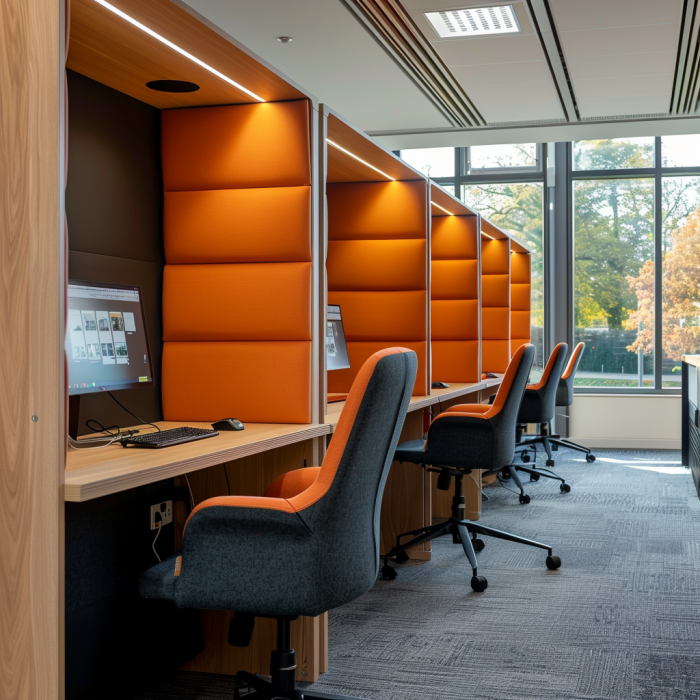
Learning Spaces
- “Inspectors must consider the extent to which the curriculum, teaching, learning and assessment promote equality of opportunity and diversity and foster good relations between pupils with characteristics protected by the Equality Act 2010.” (Section 163)
- “Inspectors will consider whether the school has designed its curriculum and timetable to give all pupils, particularly the most disadvantaged and those with special educational needs and/or disabilities (SEND), the knowledge and cultural capital they need to succeed in life.” (Section 163)
Creating flexible learning spaces that cater to different teaching methods and student needs can improve learning outcomes. This may include designing classrooms with movable furniture, technology integration, and areas for group collaboration.
Environmental Considerations
- “Inspectors must evaluate the extent to which leaders, managers and governors create a culture that is orderly and respectful and promotes the well-being of all pupils. This includes considering how well the school deals with any incidents of bullying and prejudice-based bullying.” (Section 172)
- “Inspectors will also consider the extent to which the provider has considered the well-being and mental health of pupils, including whether it takes a preventative approach to supporting pupils.” (Section 172)
Remembering to nurture the sense of community within a school is crucial to a successful OFSTED inspection. Parents visiting schools for their children often describe the ‘feel’ of a school and much of this intangible feeling is down to the design of the school space. As far as possible, open your spaces up to allow light to pass through. Limit the number of small and narrow spaces around the school which will ease traffic and reduce negative behaviour. Create community spaces for down time between learning including common rooms and extracurricular spaces to promote positive relationships between students and encourage physical and mental wellbeing.
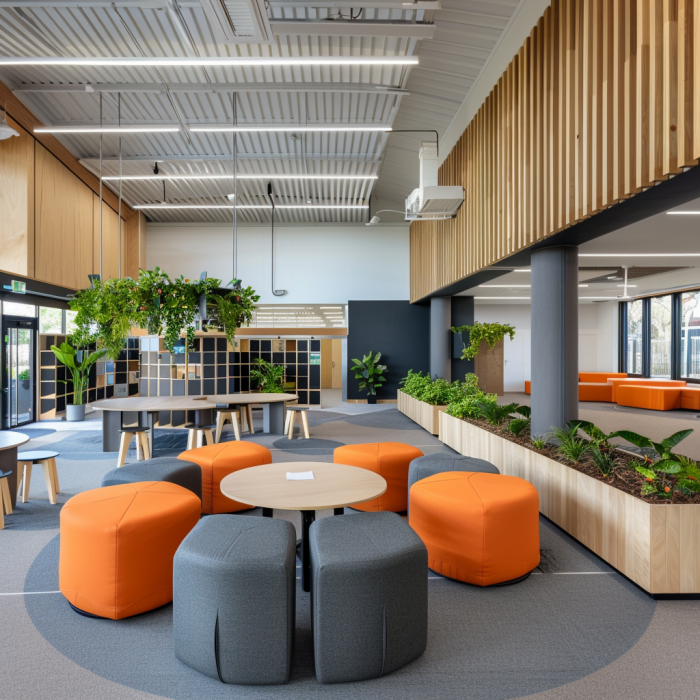
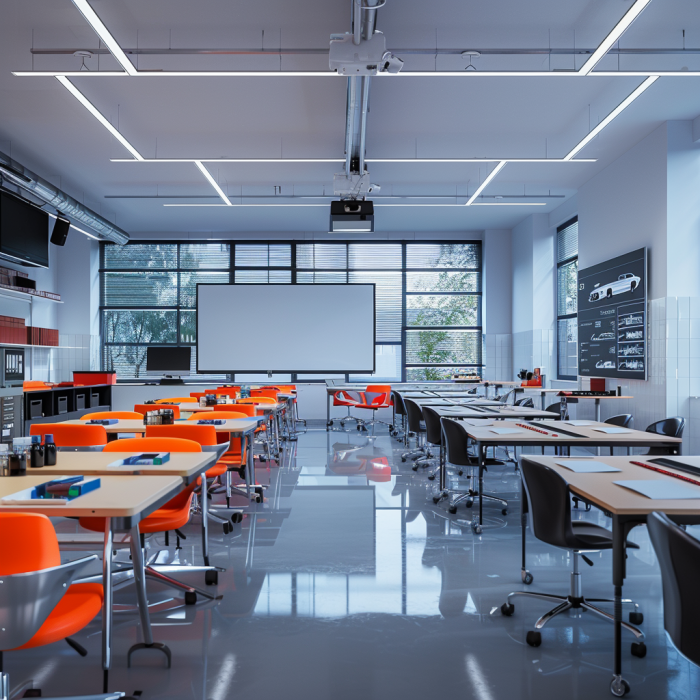
Resource Provision
- “Inspectors must consider how well leaders and governors use additional funding, including the pupil premium, and measure its impact on outcomes for pupils.” (Section 179)
- “Inspectors will consider whether the school has designed its curriculum and timetable to give all pupils, particularly the most disadvantaged and those with special educational needs and/or disabilities (SEND), the knowledge and cultural capital they need to succeed in life.” (Section 163)
Ensuring that schools have adequate resources, such as textbooks, materials for practical subjects, and facilities for extracurricular activities, is essential. OFSTED assesses whether schools provide a rich and varied curriculum that meets the needs of all students. If there is space available, think about creating a room to teach life skills such as cooking, car maintenance or financial skills. Consider more broadly the future pathways for students and how the school environment can prepare all students for their onward journeys.
Technology Integration
- “Inspectors must consider the extent to which the curriculum, teaching, learning and assessment promote equality of opportunity and diversity and foster good relations between pupils with characteristics protected by the Equality Act 2010.” (Section 163)
- “Inspectors will consider how leaders have adapted the curriculum to meet the needs of pupils who may have low levels of English or who have special educational needs and/or disabilities (SEND).” (Section 163)
Incorporating modern technology into classrooms can enhance teaching and learning experiences. This can include interactive whiteboards, computers, and access to online resources, aligning with OFSTED’s emphasis on digital literacy. Prepare your classrooms for a rich digital learning experiences by installing additional power and data points. Ensure that there is space for tablets to be charged and stored so that nothing gets in the way of using technology to it’s maximum potential.
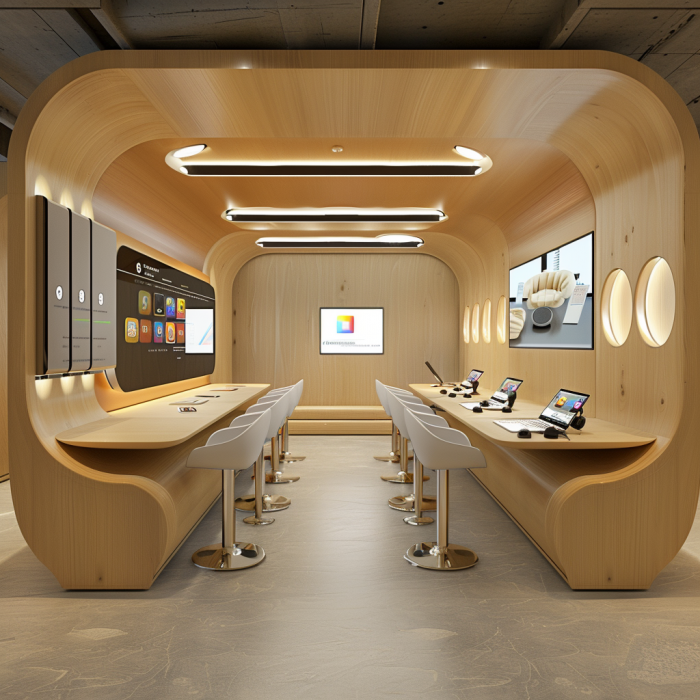
By addressing these areas and aligning improvements with the current OFSTED framework, schools can enhance their rating and provide a better educational experience for students. By consulting CID Study Space we can work through some of your areas for improvement and development. Providing space plans and visuals will help you to reimagine your school and how it can achieve it’s full potential.
sustainable classroom



